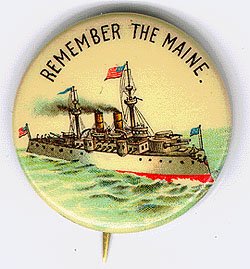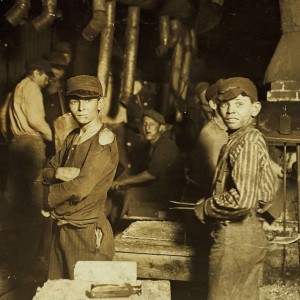From Good Times to Hard Times
by Dr. H - March 2nd, 2013
Over the next 2 weeks, we’ll go from the Roaring Twenties to the Great Depression to the New Deal and slow economic recovery.  What happened? Why? And with what effect? What kinds of sources do historians have to help us understand the causes and impact of the financial crash? Where do historians disagree about the Depression and the 1930s? What does the Great Depression have to tell us about the Great Recession?
What happened? Why? And with what effect? What kinds of sources do historians have to help us understand the causes and impact of the financial crash? Where do historians disagree about the Depression and the 1930s? What does the Great Depression have to tell us about the Great Recession?
Reminder – keep working on your Primary Source paper due Friday. I do have office hours this week – stop in with a draft & your Fernlund book in hand if you want help. I have also let the Writing Center know that some of my students might be stopping in this week and sent them a copy of the assignment and handouts (location: Sullivan 306).
Last Friday’s handout: Test Your Thesis + Checklist for the final draft (PDF)
Mon 3/4 – The Crash and Great Depression. Reading ACH Ch 22/23 p. 678-700; want more information? Short version: “Overview of the Great Depression” (Digital History). Longer, more detailed version: “An Overview of the Great Depression” (Economic History Association)
We screened and discussed this documentary clip in class (excerpt from PBS American Experience New York)
Wed 3/6 – The First New Deal (1933-1935). Reading ACH Ch 23 p. 700-707.
Clips for viewing and discussion:
FDR’s First Inaugural (3 March 1933)
“Remember My Forgotten Man” from Gold Diggers of 1933
Fri 3/8 – Second New Deal (1935-1938). Reading ACH Ch 23 p. 707-711. Primary Source Paper due. On this day, the online quiz (on ACH Ch 20) will open, and remain open until Friday March 15 at 9:00 am. You can take it up to three times during that week. Update: snow day. Paper deadline extended to Monday.
Mon 3/11 – Impact of the New Deal. Reading ACH Ch 23 p. 711-723. Final printed Primary Source paper due in class if you haven’t emailed it to me already.
Wed 3/13 – Workshop Day on the 1930s. Bring Fernlund Documents AND YOUR LAPTOP to class, and review ACH Ch 23.
Fri 3/15 – Exam #2 in class. Online quiz closes at 9:00 am. NO SKILLBUILDER DUE.
Spring Break – Week of March 18 – have a wonderful vacation!

 Due to ongoing snow removal, there is no class today and campus is closed. Materials are posted below from last Friday’s “online class” including
Due to ongoing snow removal, there is no class today and campus is closed. Materials are posted below from last Friday’s “online class” including 






